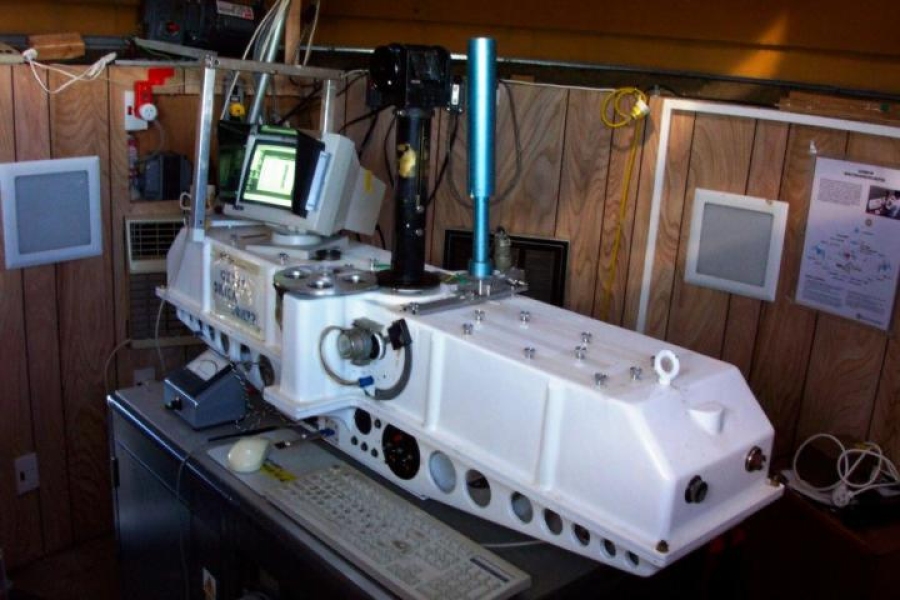CFCs have damaged the ozone layer and led to higher UV levels and increased health risks. Our role is to understand the causes and effects of ozone depletion, to inform the public of the risk.
The problem
New Zealanders have the highest rates of skin cancer in the world, and this is due partly due to the extreme levels of summertime UV we experience. The amount of UV radiation that reaches the Earth’s surface is controlled by the amount of ozone in the atmosphere, and the integrity of ozone layer has been threatened by the release of long-lived man-made chemicals (CFCs) that break down in the atmosphere to produce chemicals that catalytically destroy ozone.
Ozone depletion is especially rapid in the cold air over Antarctica, and leads to the formation of the springtime Antarctic ozone hole. In the summer, ozone-poor air from the ozone hole can move over New Zealand, exacerbating the problem.
Climate change due to increasing greenhouse gases also influences ozone and UV. And conversely, changes in ozone and UV also affect climate. Whatever the future holds for ozone, we will continue to be exposed to high levels of UV radiation in the NZ summer.
The solution
Our role is to understand the causes and effects of ozone depletion, to inform the public of the risk, how that risk compares with other locations, and how it has changed with time, and how we expect it to evolve in the future.
- We provide advice to policymakers and health professionals to minimize and mitigate future risks.
- We participate in international efforts to measure relevant atmospheric constituents and associated parameters to the highest accuracy possible.
- We provide ground truth for satellite-based measurements in a data-sparse region of the globe.
- We monitor UV radiation, ozone, and the trace gases that are involved in ozone depletion. We also monitor many of the trace gases involved in global warming.
- We use models to investigate relationships between global warming and ozone depletion.
- We have quantified geographical and temporal differences in ozone and UV radiation
- We help in the development of models that predict future changes in ozone, climate, and radiation relevant to health and energy availability.
The result
The results of these studies are provided through the provision of UVI forecasts, through public addresses and lectures, popular articles, and through the peer-reviewed scientific literature.
- We contribute to international Assessments on Ozone depletion and Climate change.
- We provide daily forecasts of UVI, and reports of the previous day’s UVI to the public.
- We work with the Cancer Society and other health promotion groups to influence behaviour modification to optimize health outcomes (both positive and negative) relating to UV exposure.


